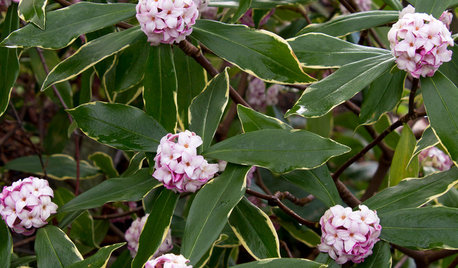Chaenomeles japonica
cath923
10 years ago
Related Stories

GARDENING GUIDESBring On the Blossoms: 9 Top Picks for Flowering Shrubs
Gorgeous spring- and summer-blooming shrubs deliver color, fragrance and pollinators to your garden
Full StorySponsored
Professional Remodelers in Franklin County Specializing Kitchen & Bath
More Discussions







Sara Malone Zone 9b
Embothrium
Related Professionals
Forest Park Landscape Architects & Landscape Designers · Williamsburg Landscape Contractors · Bedford Heights Landscape Contractors · Beverly Hills Landscape Contractors · Chesapeake Ranch Estates Landscape Contractors · Eagle Landscape Contractors · Oak Harbor Landscape Contractors · Sammamish Landscape Contractors · Sun City Center Landscape Contractors · West Haverstraw Landscape Contractors · Maple Heights Landscape Contractors · Pacifica Window Contractors · Oceanside Driveway Installation & Maintenance · Northbrook Driveway Installation & Maintenance · Cary Decks, Patios & Outdoor EnclosuresSara Malone Zone 9b
cath923Original Author
ken_adrian Adrian MI cold Z5
Embothrium
mikebotann
floral_uk z.8/9 SW UK
User
cath923Original Author
Sara Malone Zone 9b
mikebotann
floral_uk z.8/9 SW UK
Sara Malone Zone 9b
User
floral_uk z.8/9 SW UK
Sara Malone Zone 9b
cath923Original Author